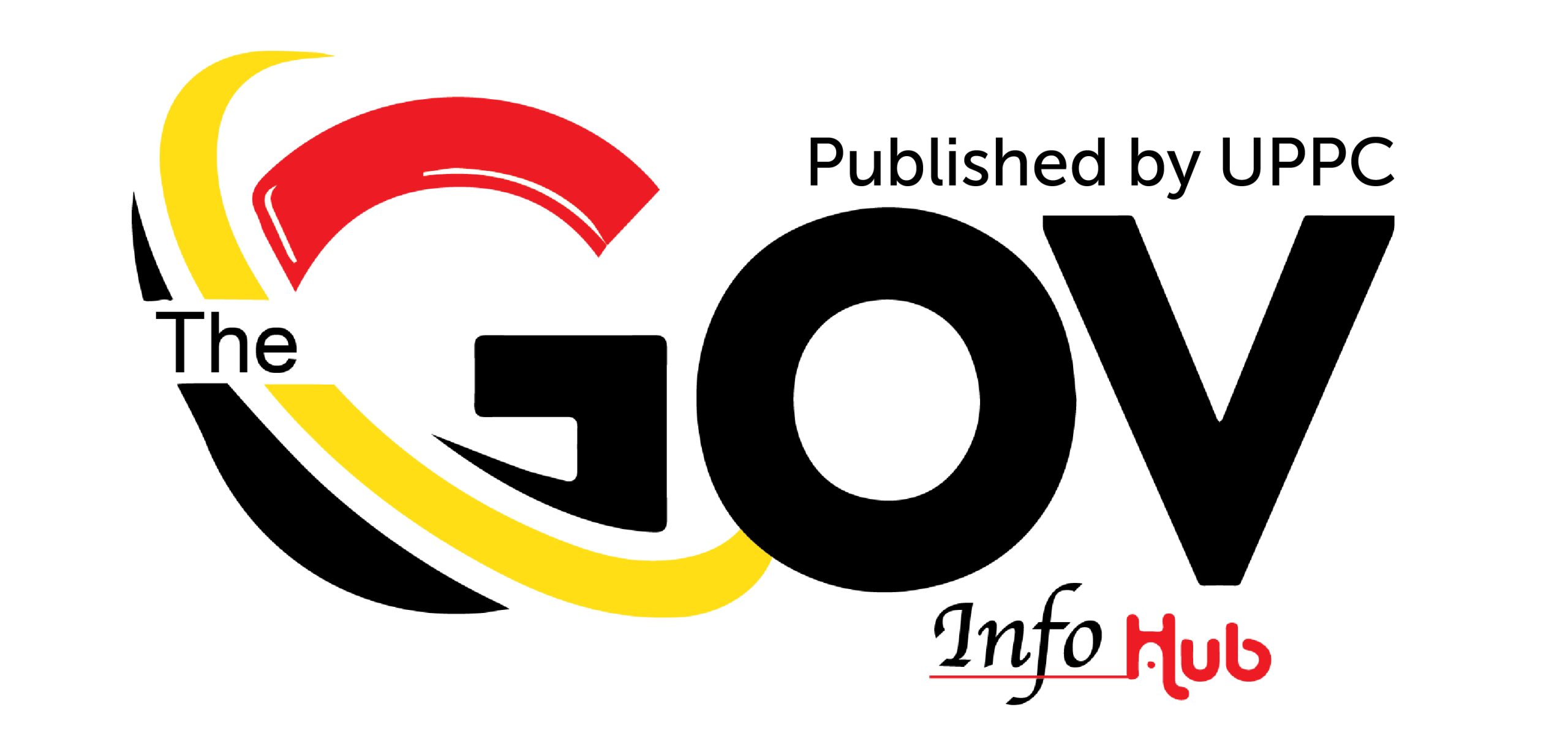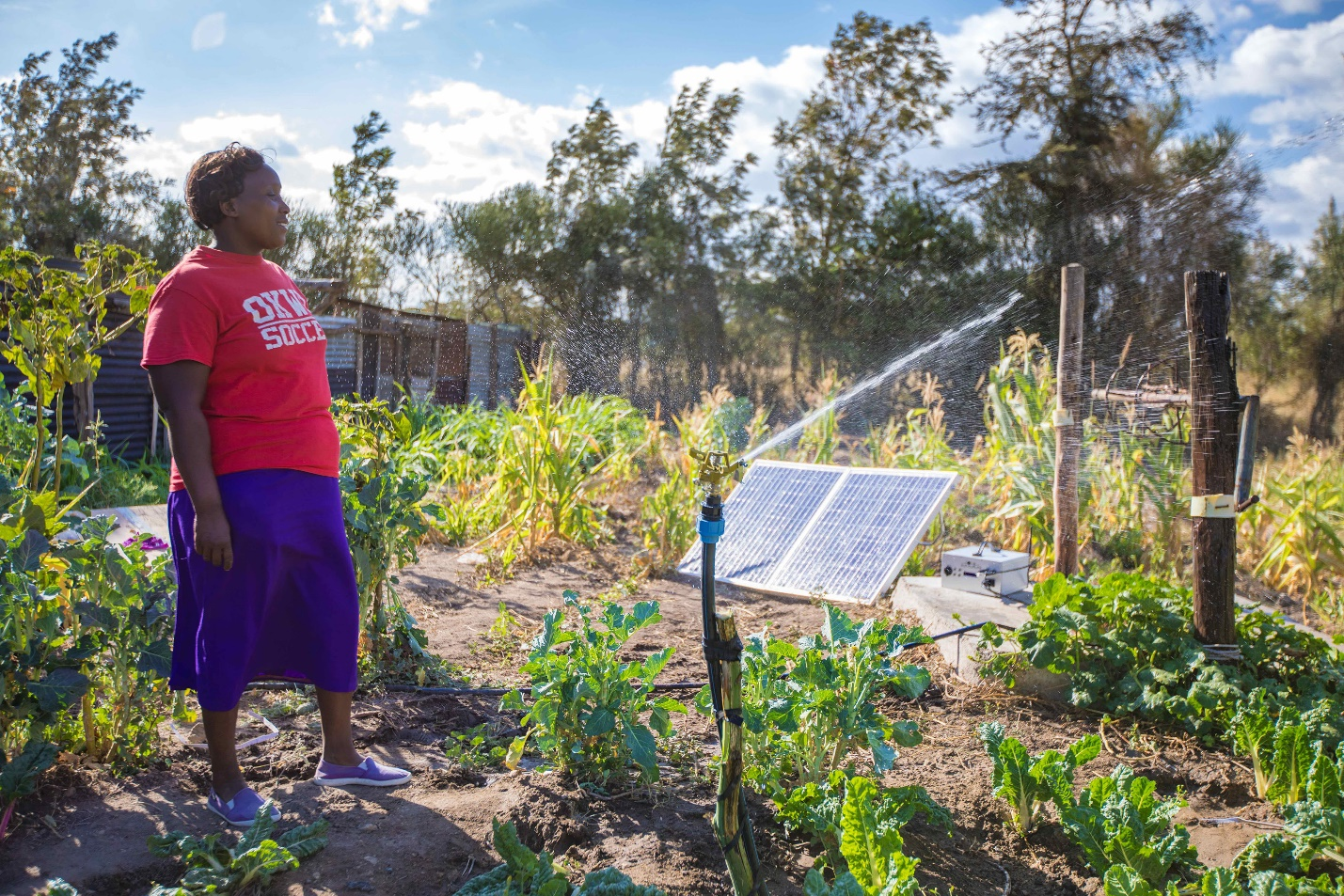By Caroline.N
In the dusty fields of Eastern Uganda, a quiet revolution is underway. Smallholder farmers, long at the mercy of unpredictable rains, are now turning to solar-powered irrigation to grow crops year-round—and transform their livelihoods in the process.
In districts like Katakwi and Kaberamaido, solar irrigation systems are bringing life back to the land. Smallholder farmers organised in Farmer Field Schools are now able to produce vegetables even in prolonged dry spells.
One of them, Mr. Ekwee Gilbert from Aputoni village, remembers a time when farming barely paid the bills. “I was farming, but I couldn’t earn enough to support my family. During the dry seasons, I had no choice but to wait for the next rains,” he says. Today, with his solar system, Gilbert says he invested UGX 400,000 and earned UGX 1,345,000 from tomatoes—enough to pay school fees for his children, buy sheep, and expand his farm.
Because of the reliable water supply, farmers are no longer sticking to just staples like maize and beans. They are growing high-value crops—tomatoes, onions, and other vegetables—that fetch good prices, especially during the dry season. In Tororo District, the Lulikoyo-Agwara solar scheme is a striking example: 36 solar panels power a system that pumps water from the River Osia into two large reservoirs.
One local farmer, Emmanuel Oketcho, told how he initially resisted the project. “At first, nobody knew what was happening. Tororo is mineral rich, and we feared land grabs. But when the pipes were opened, people came in large numbers. The project brought engineers and an agronomist to work with us,” he said. Over time, he offered all five acres of his land for the scheme—and now grows tomatoes and onions on quarter-acre plots that previously lay fallow.
A farmer working a quarter-acre under the system can earn between Shs 3 million and Shs 5 million per season. That kind of income was once inconceivable for many in the area.
The broader push toward solar irrigation is backed by major investments. The Ugandan government, partnering with private firms, is building hundreds of solar-powered irrigation sites across the country—including many in the east. The projects aim to boost agricultural productivity, climate resilience, and water access.
In Bukedea District, the Matata solar irrigation scheme—officially handed over to farmers in 2025—is already transforming lives. At the handover, local officials said the system supports all-season farming, increases crop yields, and will help shift farmers toward commercial horticulture.
Yet, not all is smooth sailing. Some farmers have raised concerns about policy gaps, quality of equipment, and affordability. For instance, in one micro-scale irrigation program, farmers must pay a portion of the system’s cost themselves—and some say that even with the subsidy, pumps can be expensive. Others complain of long delays in delivery or breakdowns, and a lack of local technicians to maintain the systems.
Still, the benefits are tangible. In several districts, dozens of farmers have reinvested their earnings into more irrigation, forming cooperatives and scaling up production. And thanks to irrigation, they can also better manage climate risks: with water access, they are less vulnerable to erratic rainfall and prolonged droughts.
Policy-wise, solar irrigation is gaining traction. Uganda’s development plans include building more solar-powered irrigation systems in the Eastern region to boost food security and reduce poverty. In Namisindwa District, for example, the government has earmarked funds for micro scale solar and thermal irrigation for farmers who can access permanent water sources.
A further boost is coming from development partners supporting projects that will distribute hundreds of solar irrigation systems to smallholder farmers, helping tens of thousands of beneficiaries. Through training, water rights sensitisation, and technology support, the schemes aim to spur more resilient and profitable farming.
For farmers like Gilbert, Oketcho, and others, solar irrigation has become more than a farming tool—it’s a pathway to dignity, stability, and hope. When the sun powers your farm, it also powers your future.


